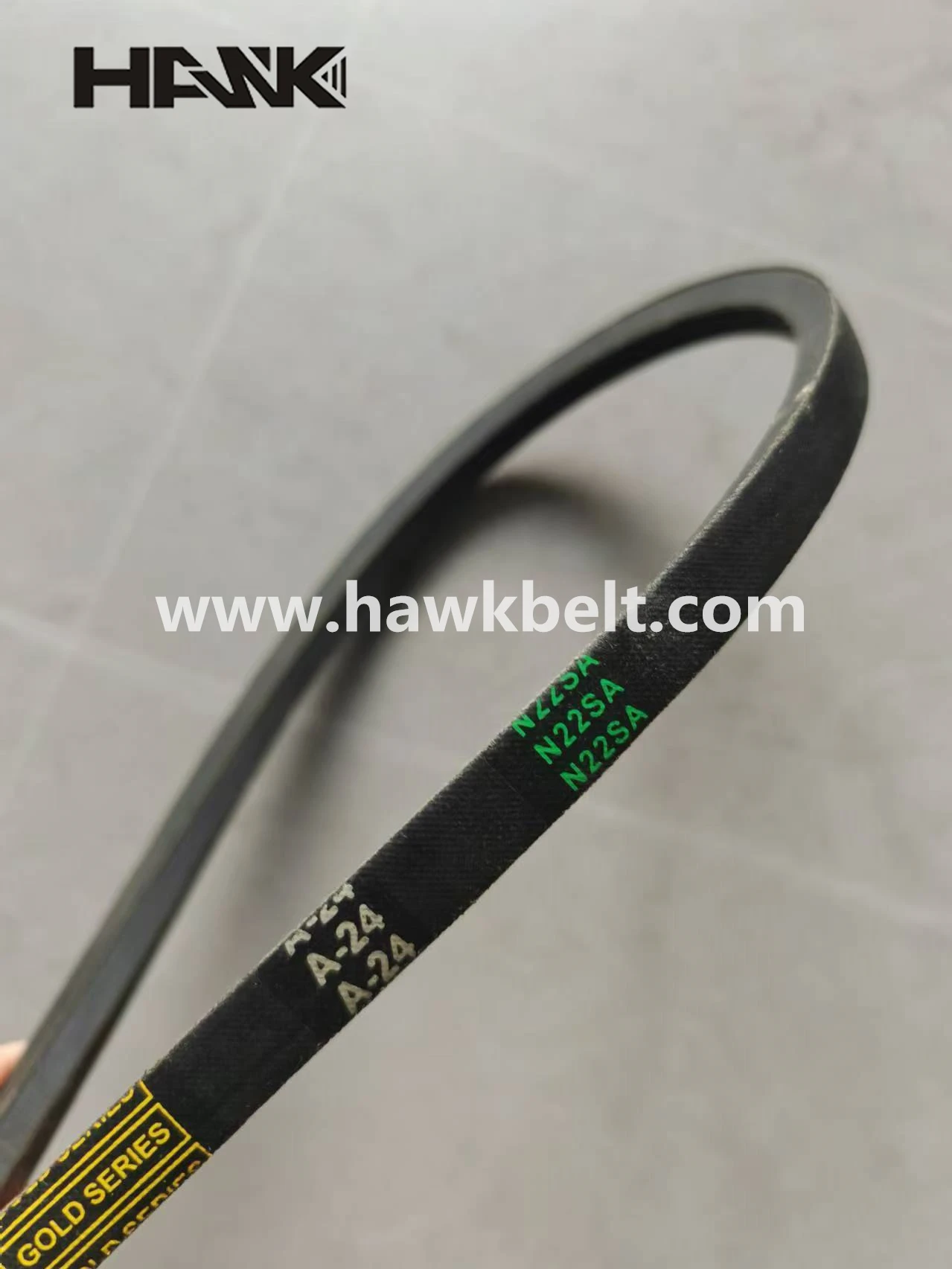- Arabic
- French
- Russian
- Spanish
- Portuguese
- Turkish
- Armenian
- English
- Albanian
- Amharic
- Azerbaijani
- Basque
- Belarusian
- Bengali
- Bosnian
- Bulgarian
- Catalan
- Cebuano
- Corsican
- Croatian
- Czech
- Danish
- Dutch
- Afrikaans
- Esperanto
- Estonian
- Finnish
- Frisian
- Galician
- Georgian
- German
- Greek
- Gujarati
- Haitian Creole
- hausa
- hawaiian
- Hebrew
- Hindi
- Miao
- Hungarian
- Icelandic
- igbo
- Indonesian
- irish
- Italian
- Japanese
- Javanese
- Kannada
- kazakh
- Khmer
- Rwandese
- Korean
- Kurdish
- Kyrgyz
- Lao
- Latin
- Latvian
- Lithuanian
- Luxembourgish
- Macedonian
- Malgashi
- Malay
- Malayalam
- Maltese
- Maori
- Marathi
- Mongolian
- Myanmar
- Nepali
- Norwegian
- Norwegian
- Occitan
- Pashto
- Persian
- Polish
- Punjabi
- Romanian
- Samoan
- Scottish Gaelic
- Serbian
- Sesotho
- Shona
- Sindhi
- Sinhala
- Slovak
- Slovenian
- Somali
- Sundanese
- Swahili
- Swedish
- Tagalog
- Tajik
- Tamil
- Tatar
- Telugu
- Thai
- Turkmen
- Ukrainian
- Urdu
- Uighur
- Uzbek
- Vietnamese
- Welsh
- Bantu
- Yiddish
- Yoruba
- Zulu
Déc . 03, 2024 19:01 Back to list
Understanding the Benefits and Applications of Cogged Belts in Modern Machinery
Understanding Cogged Belts A Comprehensive Guide
Cogged belts, also known as notched belts or toothed belts, are a type of power transmission belt commonly used in various mechanical applications. Unlike traditional flat belts, cogged belts are designed with strategically placed teeth or notches that enhance their ability to grip and transmit power efficiently. This article delves into the construction, advantages, applications, and maintenance of cogged belts, aiming to provide a thorough understanding of this essential mechanical component.
Construction of Cogged Belts
Cogged belts are typically made from rubber or synthetic materials reinforced with fabric and steel cords. The key feature of a cogged belt is its series of longitudinal notches or teeth on one side, which allows for greater flexibility and bending around pulleys. This design reduces the surface area in contact with the pulley, minimizing heat buildup and wear during operation. The composition of the belt materials contributes to its durability, resistance to abrasion, and ability to handle high temperatures and loads.
Advantages of Cogged Belts
1. Increased Flexibility The notched design allows the belt to bend more easily, making it suitable for applications where space is limited and tight curves are necessary.
2. Enhanced Grip The teeth provide a better grip on the pulleys, reducing slippage and increasing the efficiency of power transmission. This is particularly important in applications where consistent speed and torque are critical.
3. Reduced Noise and Vibration Cogged belts tend to operate more quietly than flat belts. The notches help distribute loads evenly, minimizing vibration and promoting smoother operation.
4. Longer Lifespan Due to their design and materials, cogged belts often have a longer lifespan compared to traditional belts, leading to lower maintenance costs and less frequent replacements.
5. Higher Load Capacity Cogged belts can handle higher loads and torque than non-toothed belts, making them ideal for heavy-duty applications.
Applications of Cogged Belts
Cogged belts are versatile and find application in various industries, including automotive, manufacturing, and HVAC systems. Some common uses include
cogged belt

- Automotive Engines Cogged belts are employed in the timing and drive systems of vehicles, where precision and reliability are essential. They ensure that all components are coordinated, such as the camshaft and crankshaft, for optimal engine performance.
- Industrial Machinery In factories, cogged belts are used to drive conveyors, pumps, and other machinery. Their ability to handle heavy loads and operate in harsh environments makes them a preferred choice.
- HVAC Systems In heating, ventilation, and air conditioning systems, cogged belts are used to drive fans and blowers. The reduced noise levels are beneficial for maintaining a comfortable environment.
Maintenance of Cogged Belts
To ensure the longevity and performance of cogged belts, regular maintenance is essential. Here are some key practices
1. Inspection Regularly inspect the belt for signs of wear, such as cracks, fraying, or missing teeth. Early detection of issues can prevent more significant problems down the line.
2. Proper Tensioning Ensure that the belt is correctly tensioned. A belt that is too loose can slip, while one that is too tight can cause premature wear on both the belt and the pulleys.
3. Alignment Check the alignment of the pulleys. Misalignment can lead to uneven wear and reduce the efficiency of power transmission.
4. Cleaning Keep the belt and pulleys clean from debris and contaminants. Dirt can contribute to wear and reduce the belt's grip.
5. Replacement Replace the belt at the first sign of significant wear or damage to avoid failure during operation.
Conclusion
Cogged belts play a crucial role in modern mechanical systems, offering enhanced performance and reliability compared to traditional belts. Their unique design provides numerous benefits, making them a preferred choice across various industries. By understanding their construction, advantages, applications, and maintenance requirements, users can ensure optimal performance and longevity of cogged belts in their systems.
-
Korean Auto Parts Timing Belt 24312-37500 For Hyundai/Kia
NewsMar.07,2025
-
7PK2300 90916-T2024 RIBBED BELT POLY V BELT PK BELT
NewsMar.07,2025
-
Chinese Auto Belt Factory 310-2M-22 For BMW/Mercedes-Benz
NewsMar.07,2025
-
Chinese Auto Belt Factory 310-2M-22 For BMW/Mercedes-Benz
NewsMar.07,2025
-
90916-02660 PK Belt 6PK1680 For Toyota
NewsMar.07,2025
-
drive belt serpentine belt
NewsMar.07,2025

